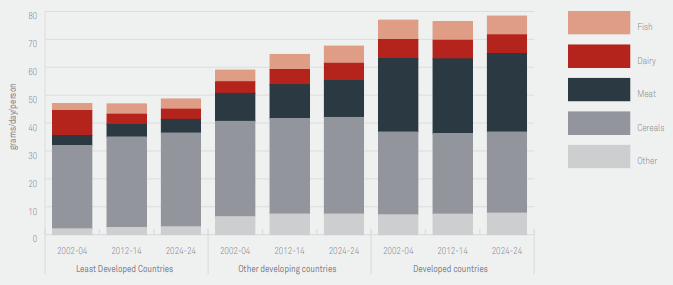The Changing Landscape of Protein Production
The animal agriculture industry is under increasing scrutiny from the public, with social license issues arising on everything from livestock's contribution to climate change to shifting animal welfare expectations. This is driving industry change, and understanding consumer trends towards alternative proteins is key to proactively engaging with these changes.
The Changing Landscape of Protein Production
There has been a growing interest in alternative proteins in recent years, as consumers become more aware of the environmental and ethical impacts of animal agriculture. These concerns are leading many people to seek out plant-based or lab-grown options that are perceived to be more sustainable and humane.
While the impact of growth trends in vegetarian and flexitarian consumer segments on animal agriculture is often debated in industry circles, this analysis demonstrates continued and stable demand for traditional (animal-sourced) protein sources. Animal agriculture plays a significant role in the Australian economy and is likely to continue to do so. Indeed, the factors impacting consumers’ protein preferences discussed herein are driving increased demand for protein from all sources, traditional and alternative.
This report outlines:
- Overview of alternative proteins
- The impact of the changing protein landscape
- Estimation of potential opportunity in 2030
- Unlocking potential opportunities

Figure 2 Protein intake per capita in developed / developing countries